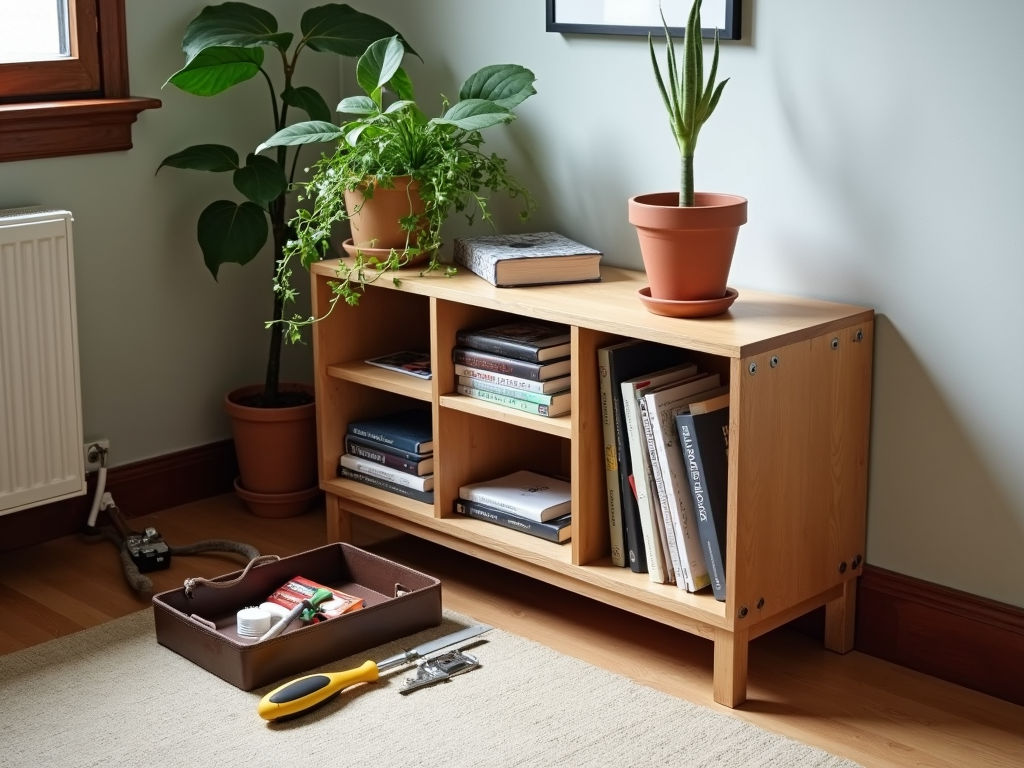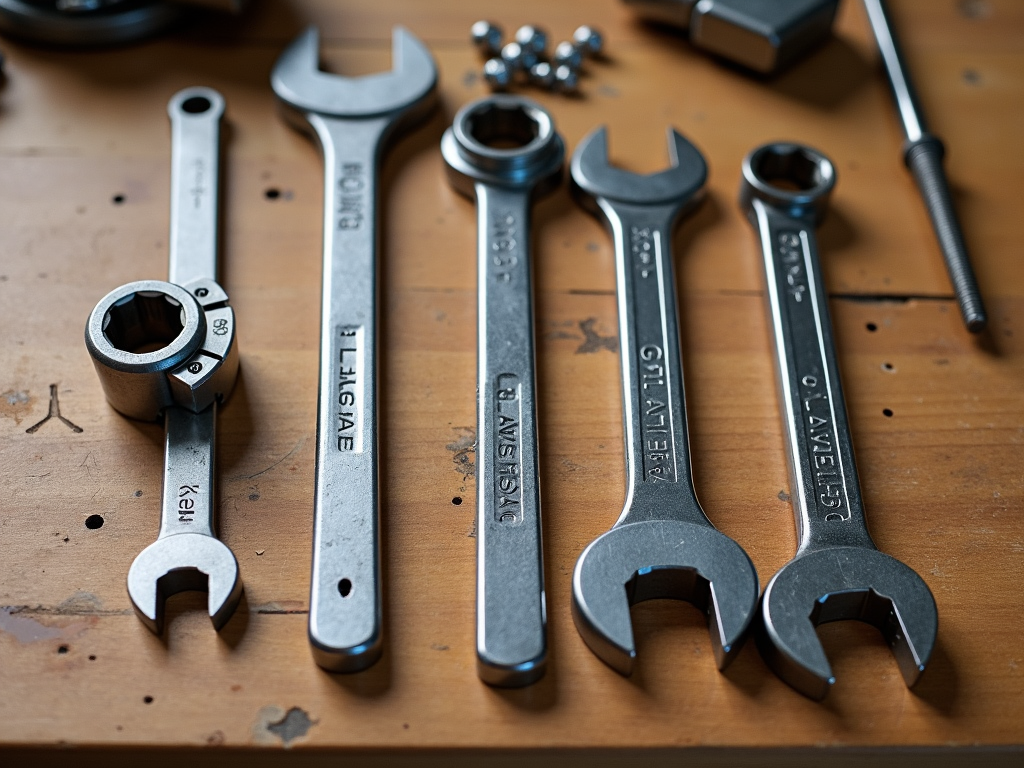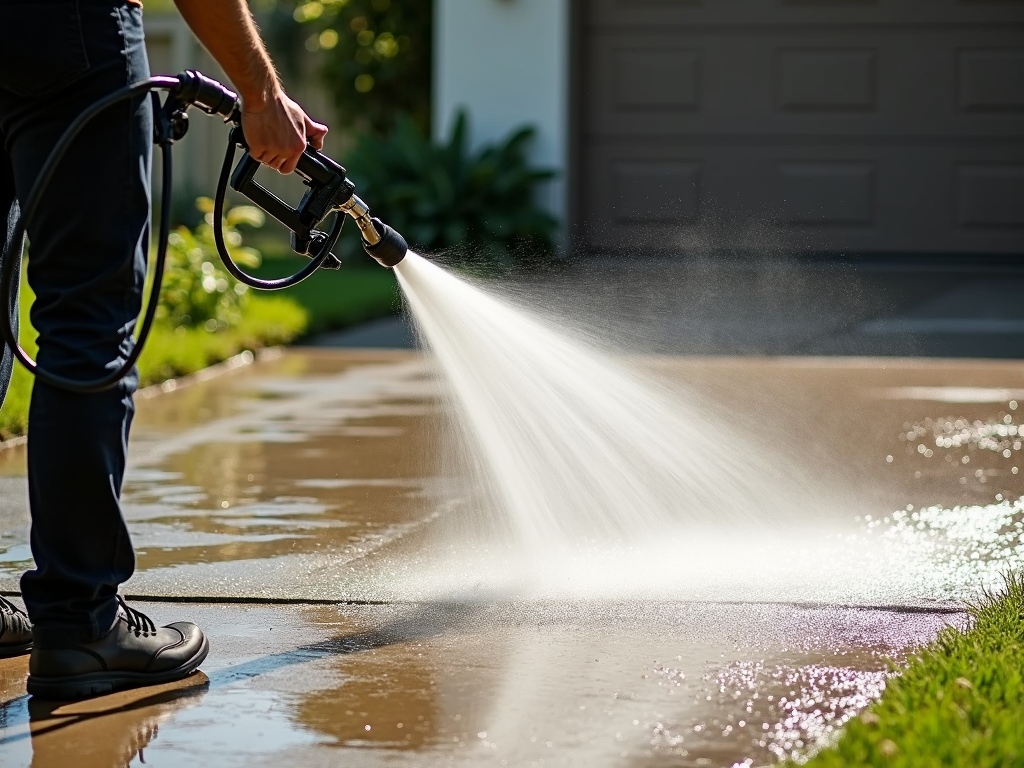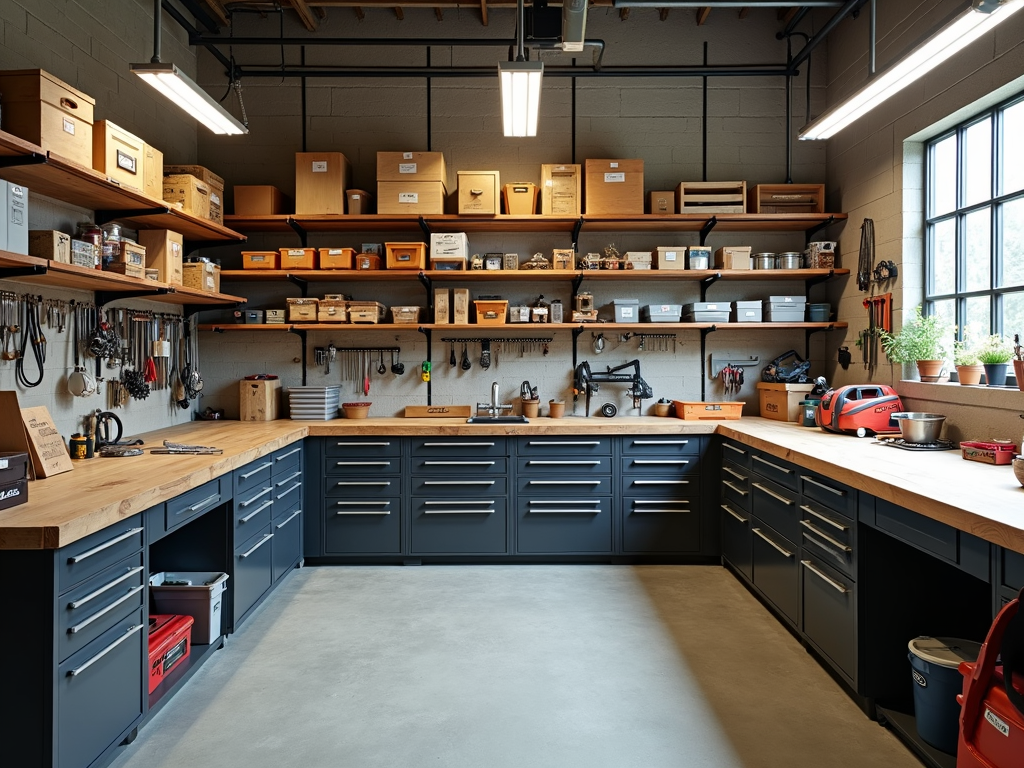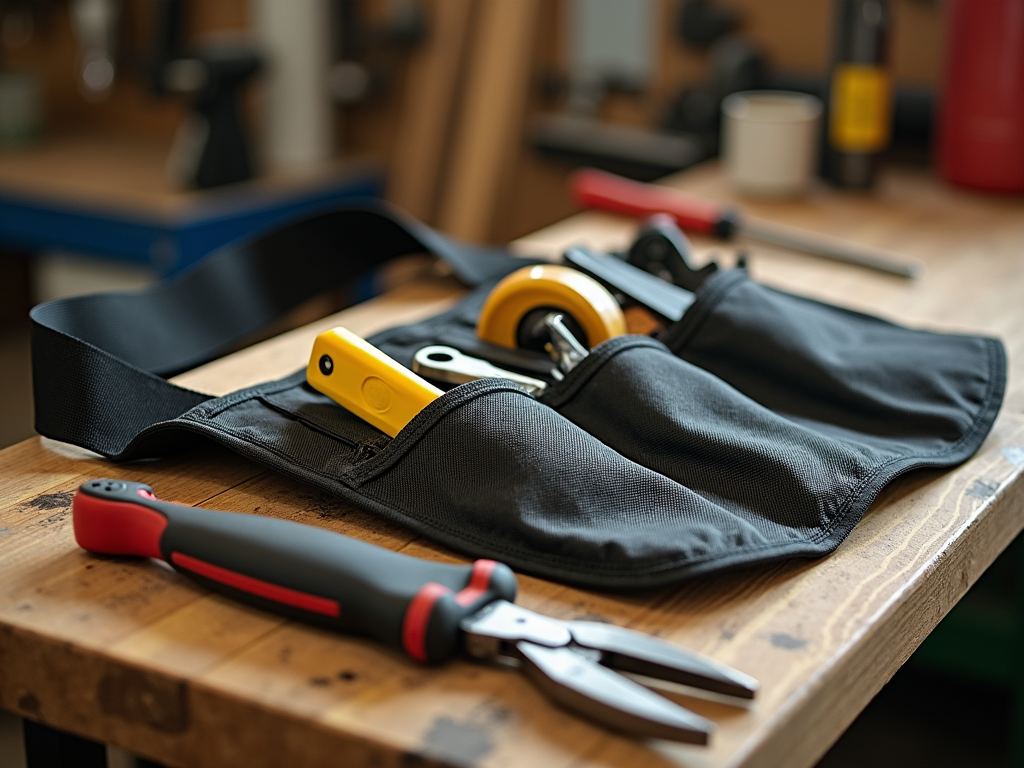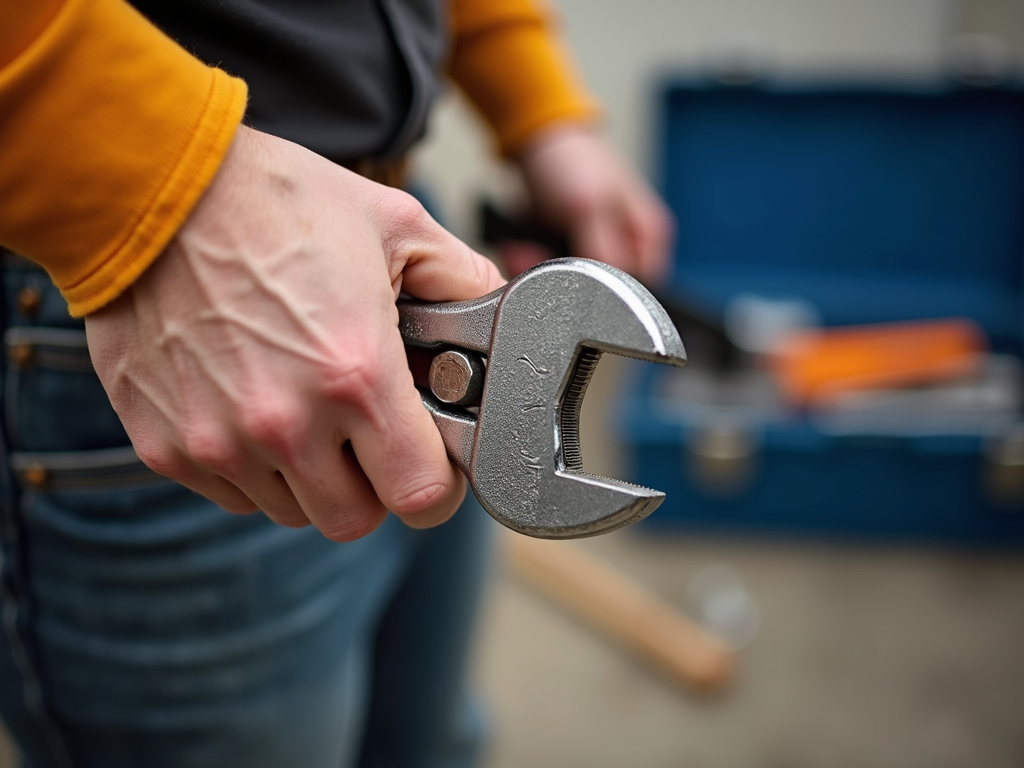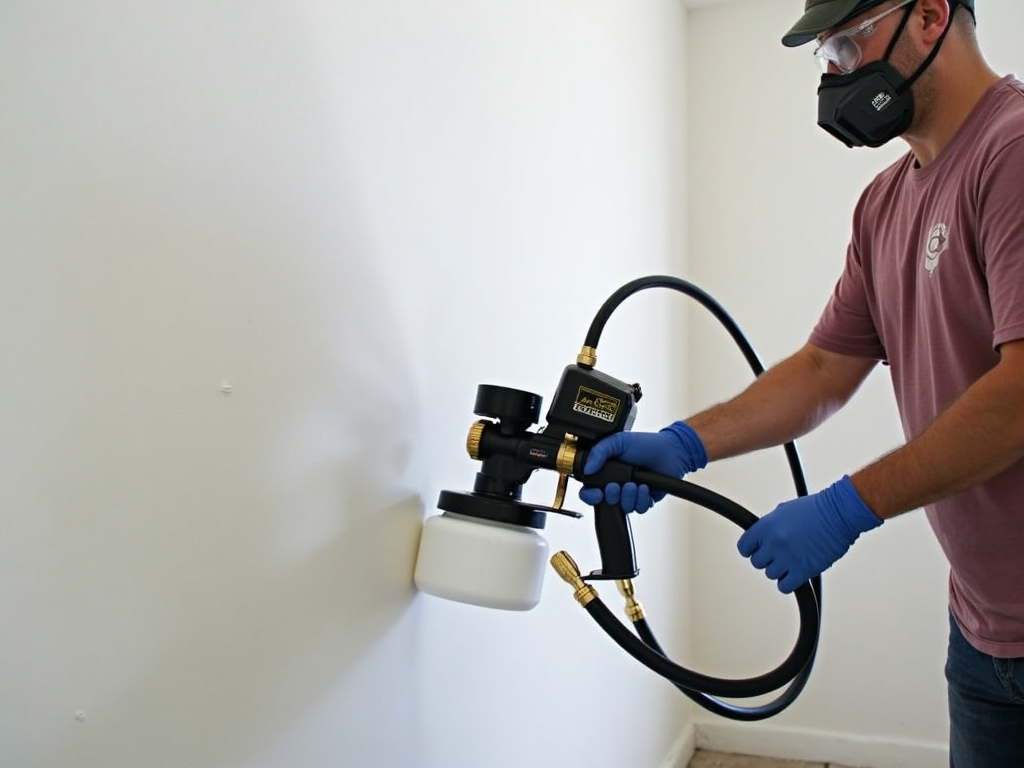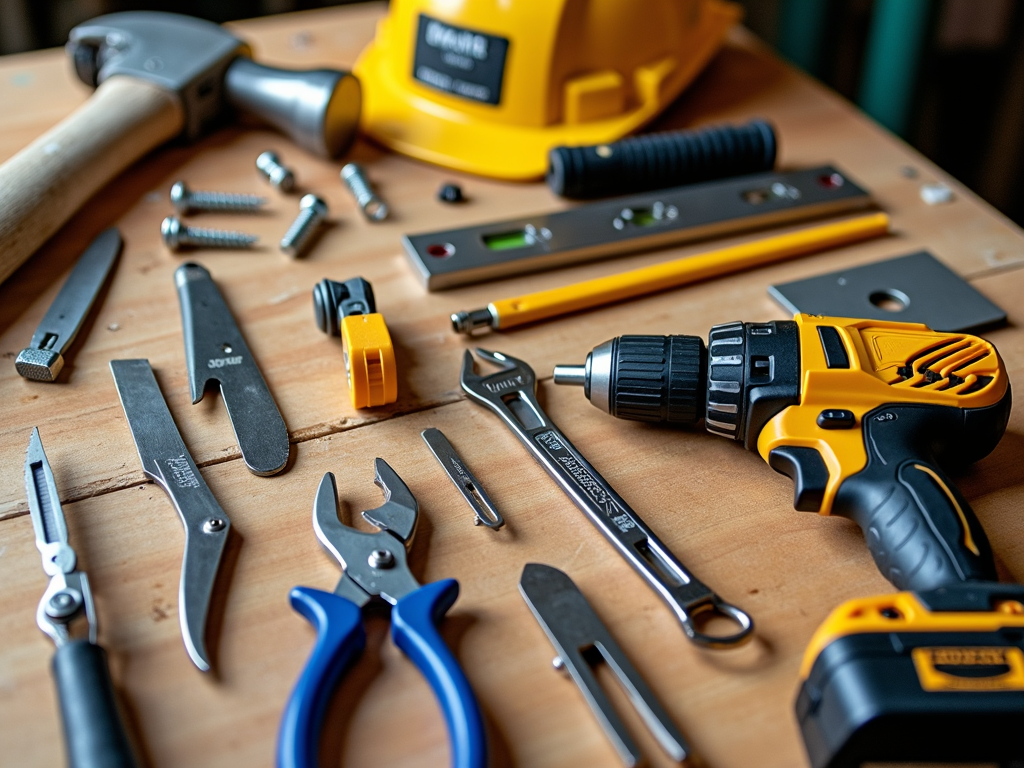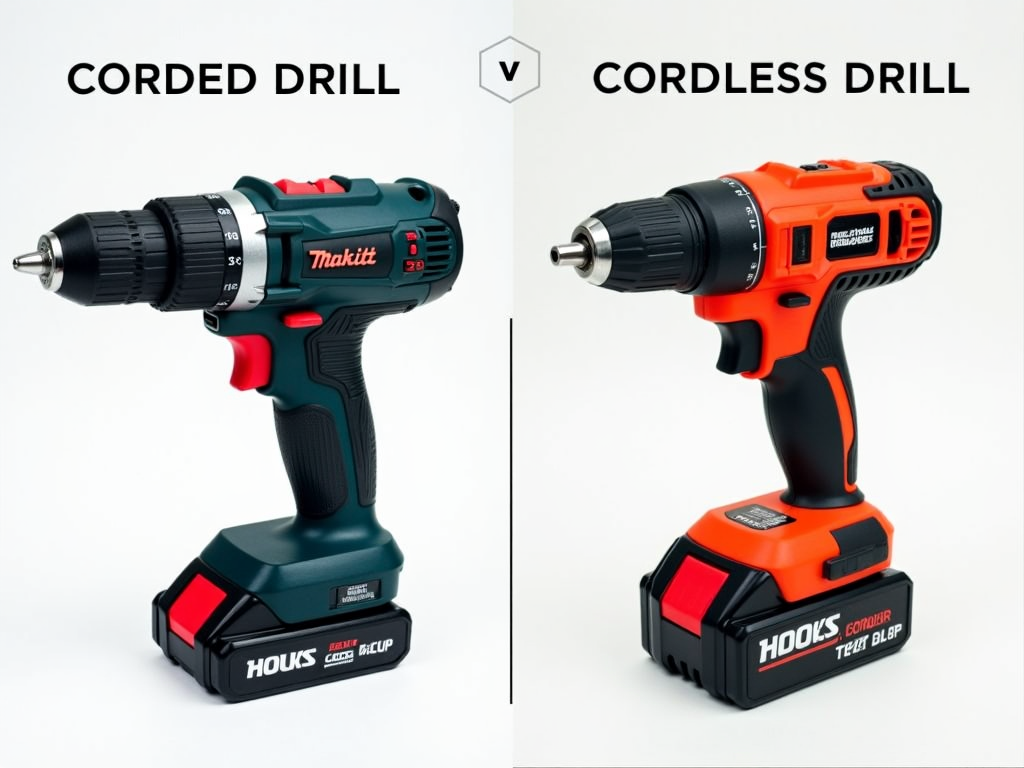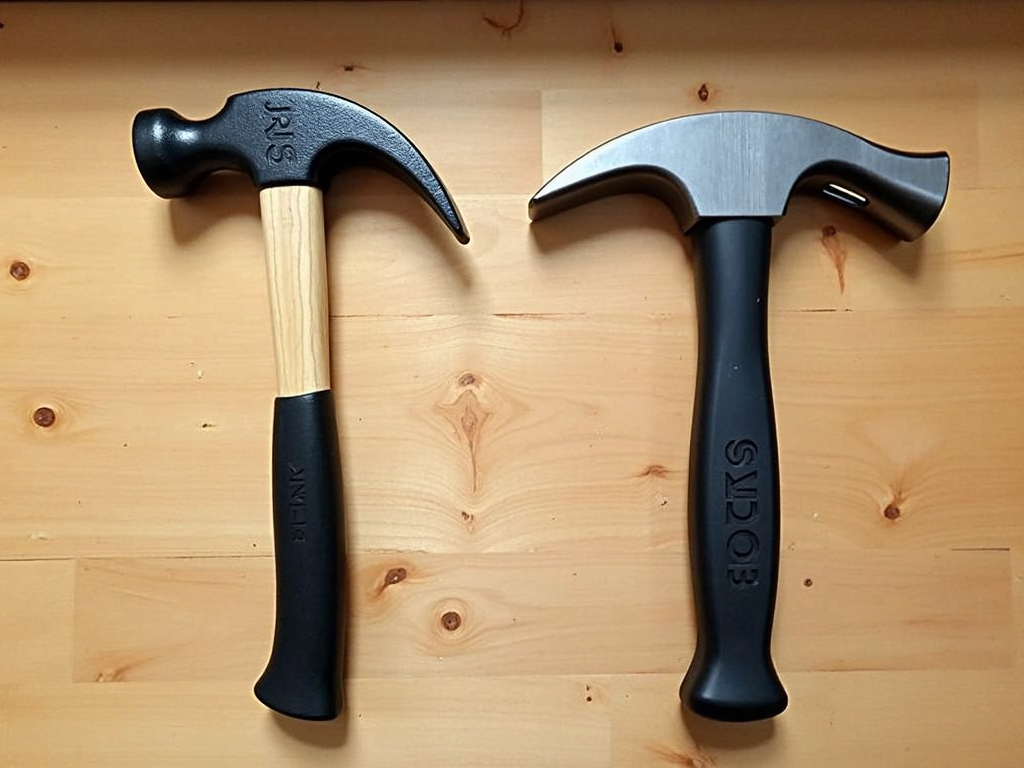Screwdrivers are one of the most common tools found in any toolbox, but using them incorrectly can lead to injuries or damage to your work. This guide provides essential safety tips for beginners to help you use screwdrivers safely and effectively. From choosing the right tool to proper maintenance, you'll learn everything you need to know to get started.
A screwdriver is a hand tool used to turn screws, which are fasteners with a helical thread. They come in various sizes and types, including flathead and Phillips head, each designed for specific screw types. Screwdrivers are essential for assembling furniture, fixing appliances, and performing various DIY tasks around the home.
While screwdrivers may seem simple, they can cause injuries if not used properly. Common accidents include slipping and stabbing yourself or others, stripping screws, or damaging the workpiece. By following safety guidelines, you can prevent these issues and work more efficiently.
I remember the first time I used a screwdriver to assemble a bookshelf. I was in a hurry and didn't pay attention to the type of screwdriver I was using. I ended up stripping several screws, which made the assembly process much more difficult. Since then, I've learned the importance of using the right tool for the job and taking my time to ensure safety.
Here are some specific safety tips for beginners:
- Choose the right screwdriver for the job. Make sure the screwdriver tip matches the screw head (e.g., flathead or Phillips). Using the wrong type can lead to slipping and damage.
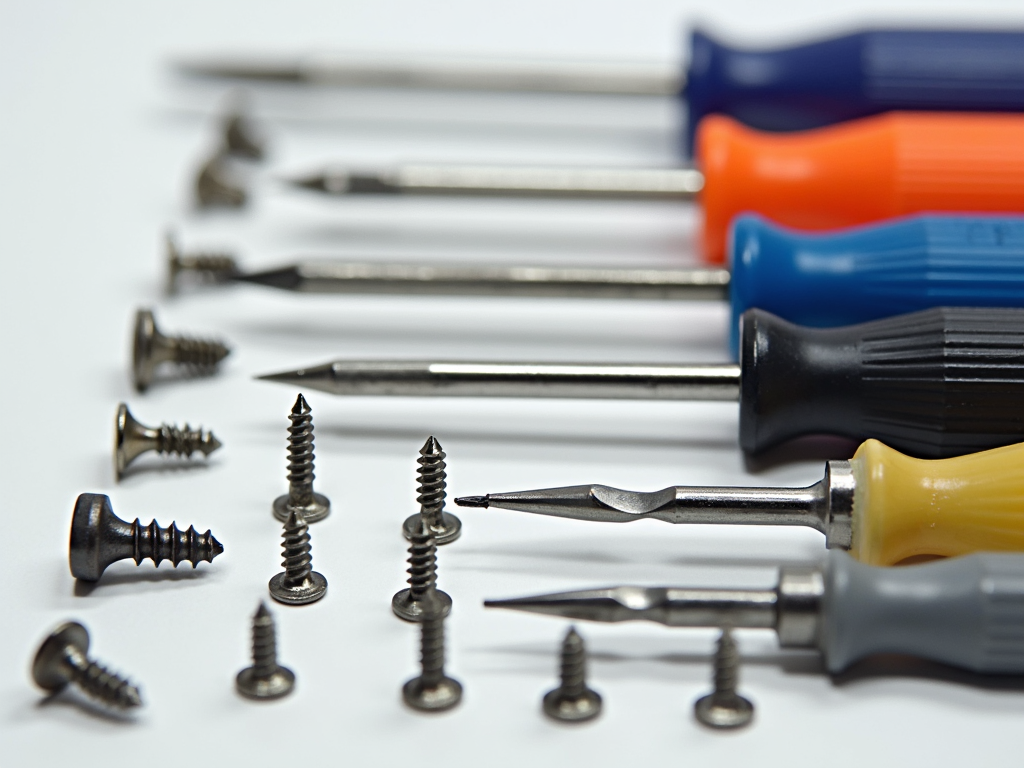
- Inspect the screwdriver before use. Check for any signs of wear, such as a damaged tip or handle. A worn-out screwdriver can be dangerous and less effective.
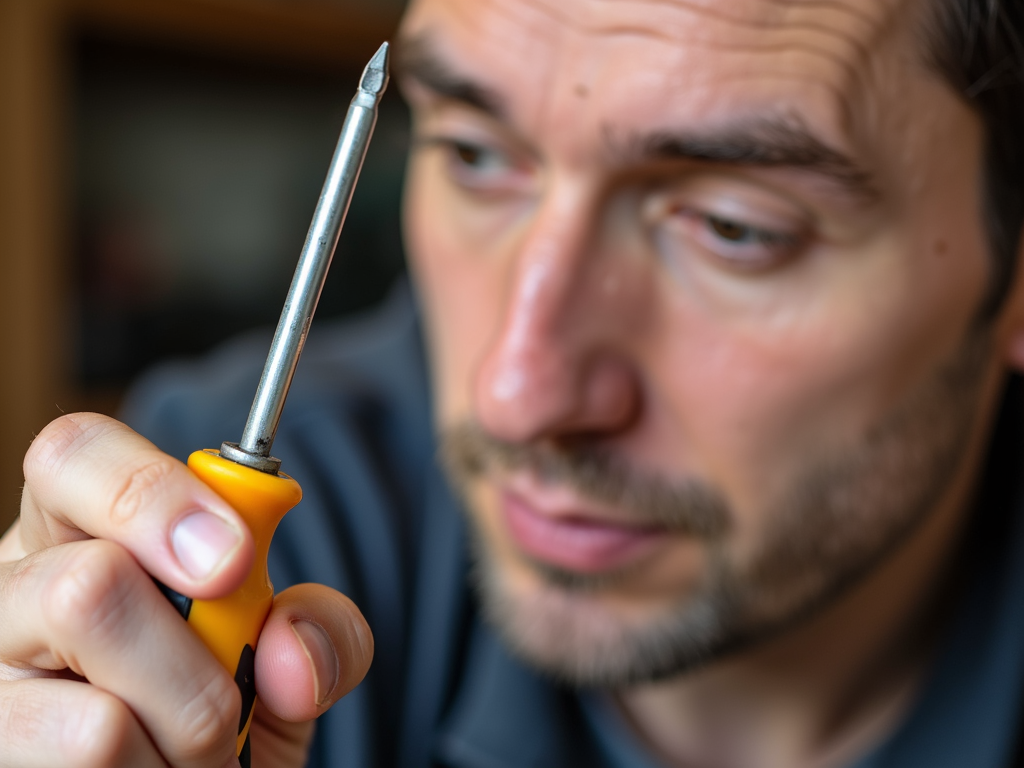
- Use proper hand placement. Hold the screwdriver with your dominant hand and guide the screw with your other hand. Keep your hands away from the tip to avoid injury if the screwdriver slips.
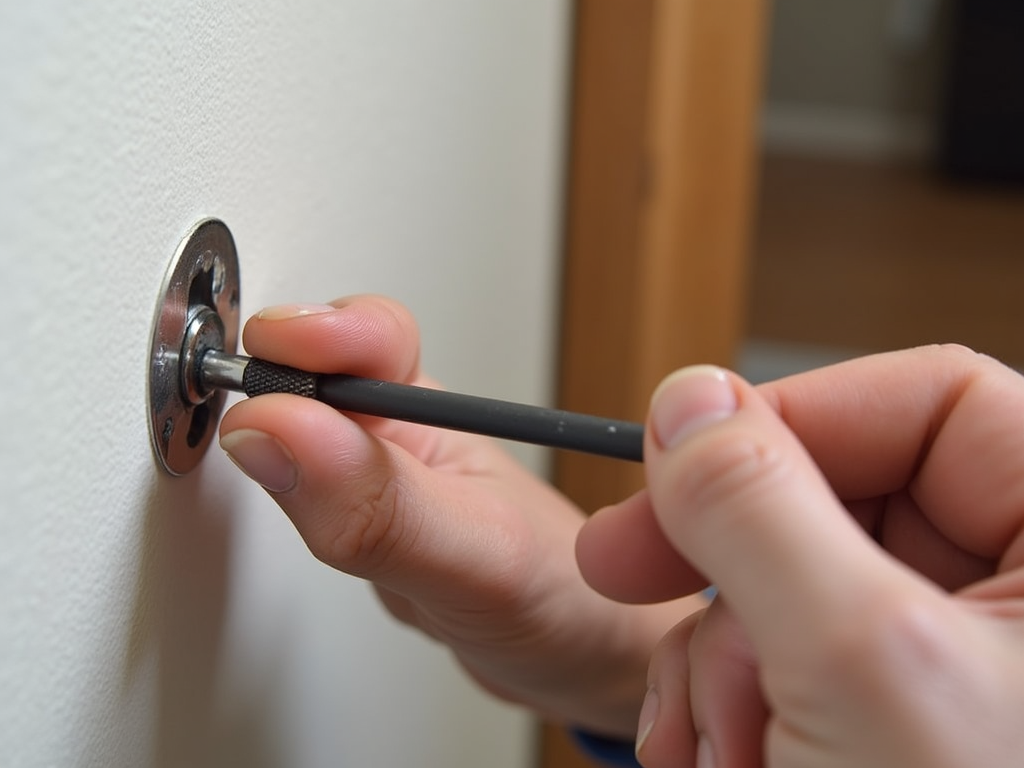
- Apply steady pressure. Push the screwdriver firmly into the screw head while turning it. Avoid using excessive force, as this can cause the screwdriver to slip.

- Avoid distractions. Focus on the task at hand and avoid multitasking while using a screwdriver. Distractions can lead to accidents.

- Wear appropriate safety gear. Consider wearing gloves to protect your hands and safety glasses to shield your eyes from debris.

- Store screwdrivers properly. Keep them in a toolbox or on a pegboard to prevent them from rolling around and causing injuries.
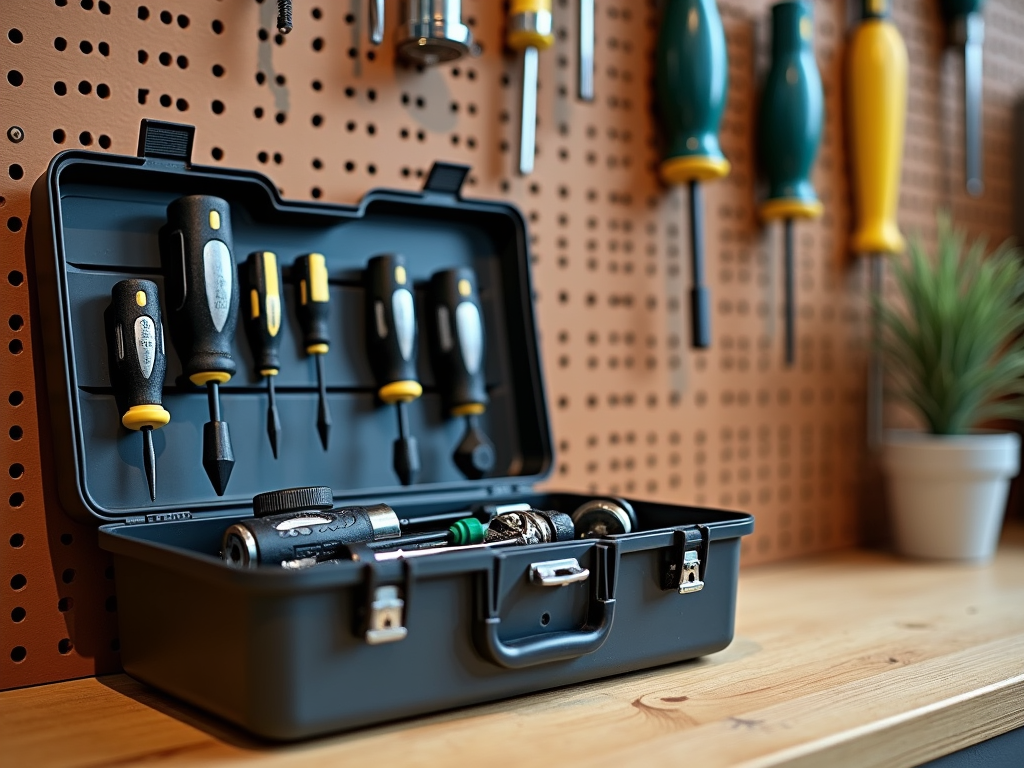
To keep your screwdrivers in good condition and extend their lifespan, follow these maintenance tips:
- Clean your screwdrivers after each use. Wipe them down with a clean cloth to remove dirt, grease, or debris.
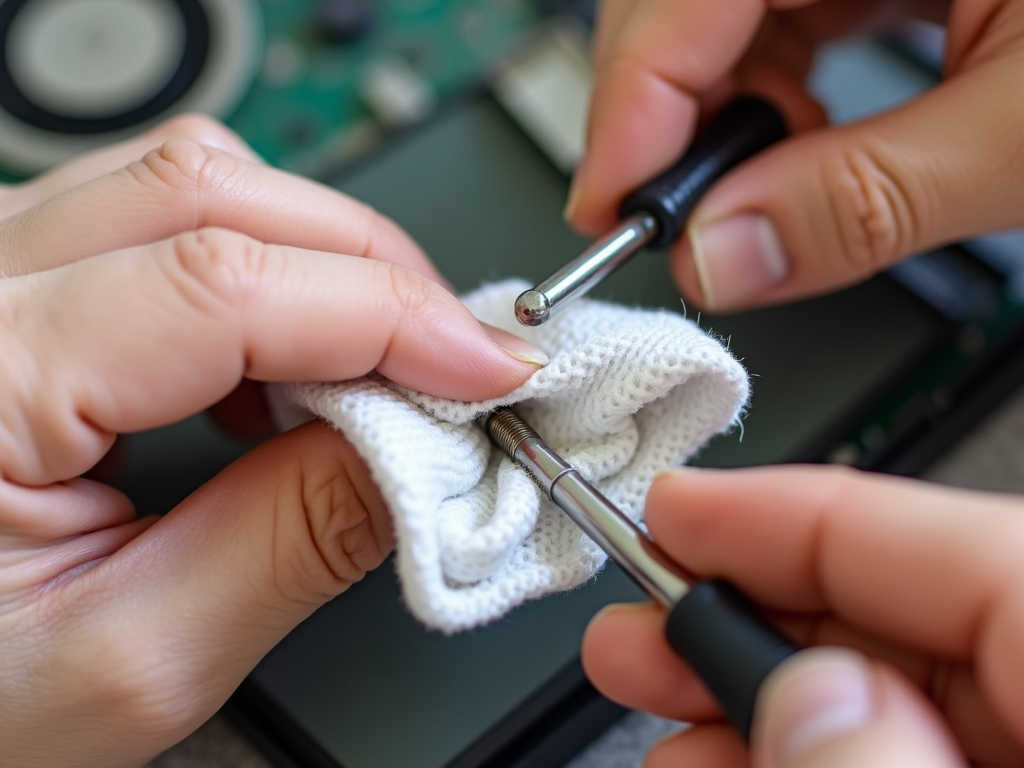
- Store them in a dry place. Moisture can cause rust and corrosion, so keep your screwdrivers in a toolbox or on a pegboard in a dry area.
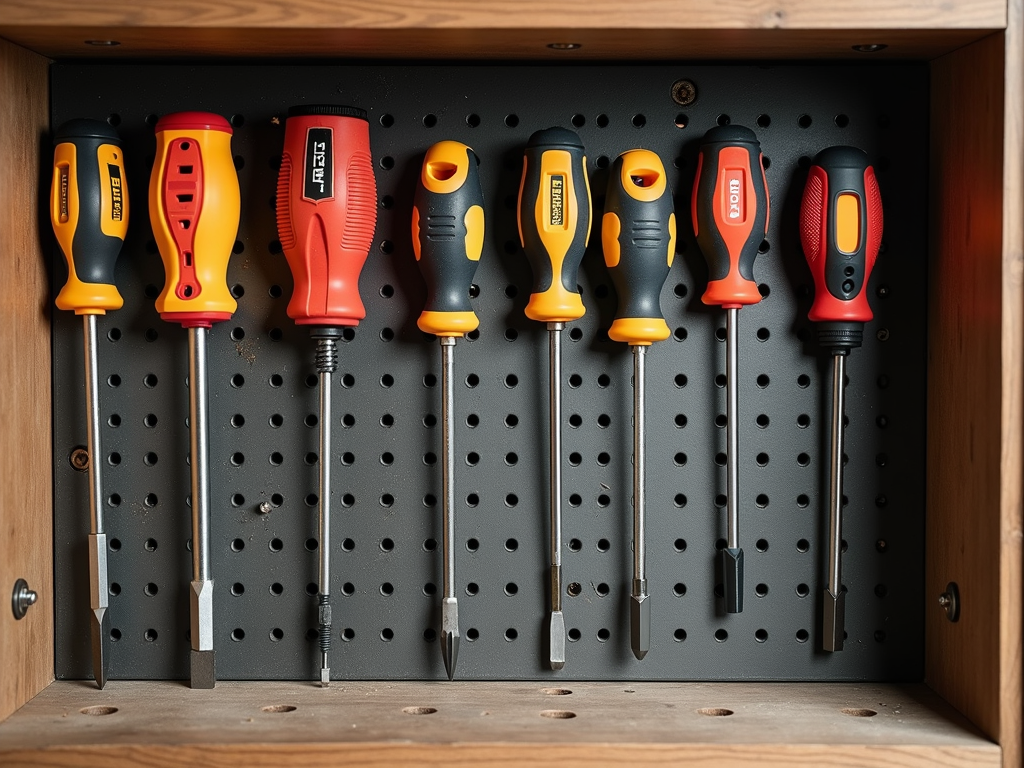
- Regularly inspect for wear and tear. Check the tips for damage and the handles for cracks. Replace any worn-out screwdrivers to ensure safety and effectiveness.
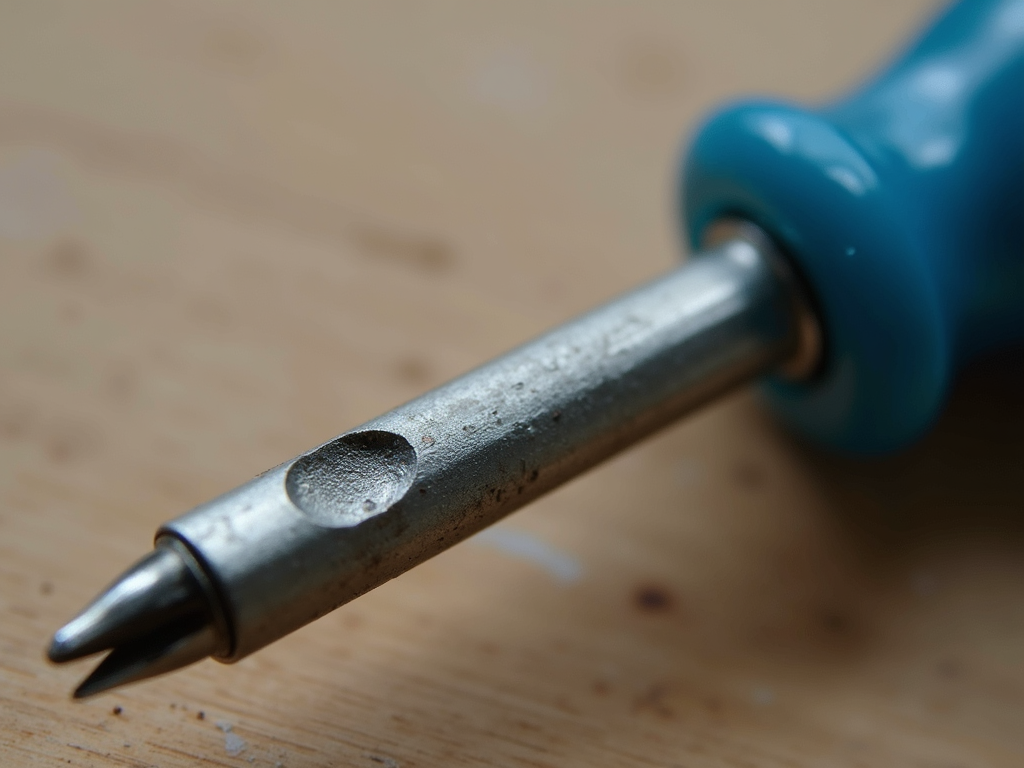
- Lubricate moving parts if necessary. Some screwdrivers have adjustable or interchangeable parts that may require occasional lubrication.
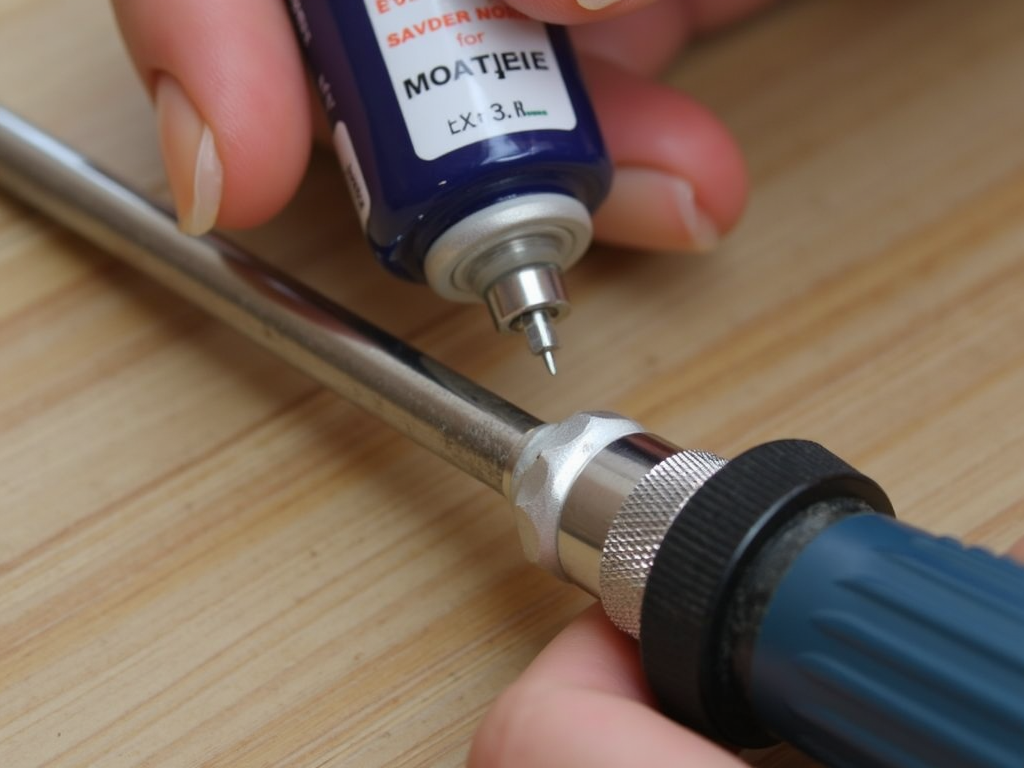
- Sharpen or replace dull tips. If a screwdriver tip becomes dull or damaged, it can be less effective and more prone to slipping. Consider sharpening it or replacing the screwdriver.
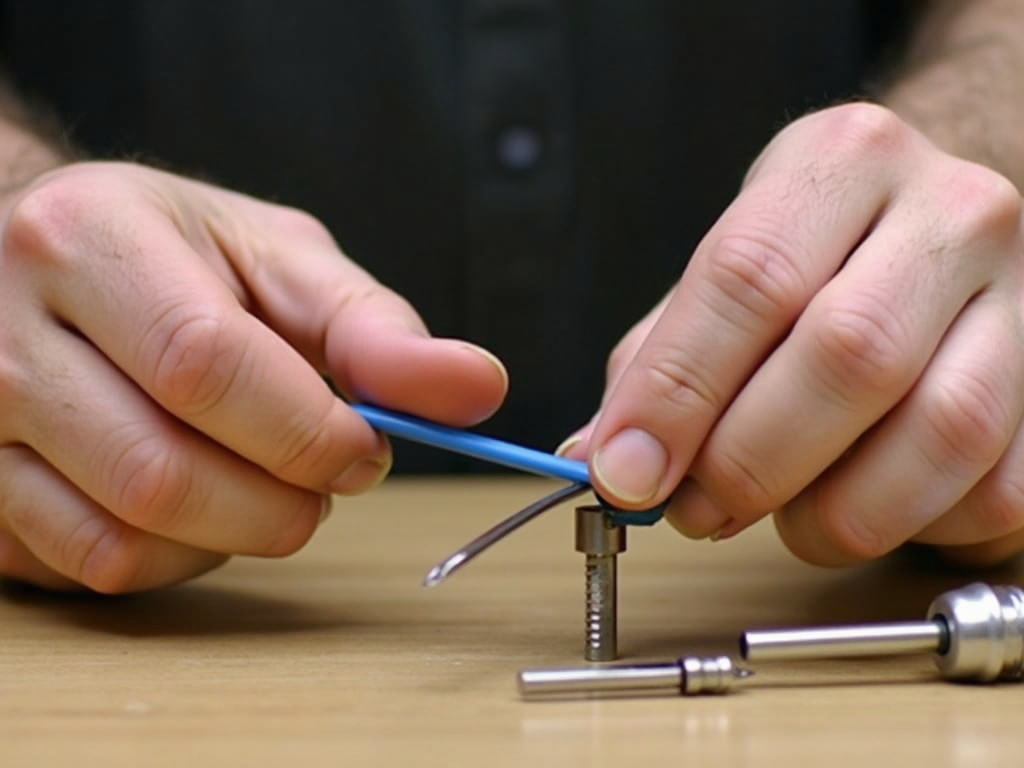
In summary, using screwdrivers safely and maintaining them properly is essential for beginners. By following the safety tips and maintenance practices outlined in this guide, you can prevent accidents, work more efficiently, and extend the lifespan of your tools.
Related Screwdriver Safety Tips for Beginners:
- DIY Projects for Beginners: A Guide to Getting Started and Maintaining Your Tools
- How to Use Wrenches Safely: A Comprehensive Guide
- The Science Behind Power Washers: How They Work
- Top Workman Tools: Brands You Need to Know
- Advanced Techniques for Workshop Organization
- The Ultimate Guide to Tool Belts with Built-in Storage
- Essential Gear for New Contractors: Building Your Toolkit for Success
- 10 Must-Have Painting Tools for Faster Projects
- Top 10 Must-Have Tools for DIY Beginners: Your Essential Guide to Starting Strong
- Innovative Construction Tools: Boosting Efficiency on the Job Site
- Exploring the Latest Trends in Electrical Tools for 2023
- Why Ergonomics Boosts Efficiency: The Power of Ergonomic Hand Tools
